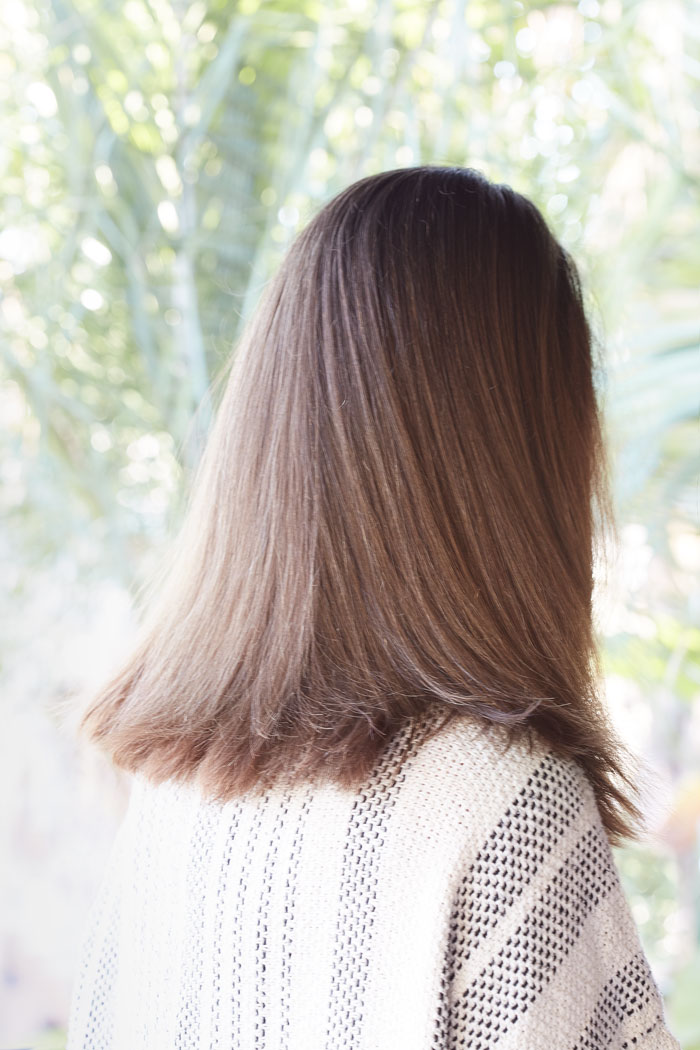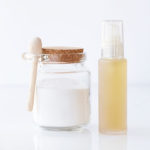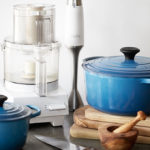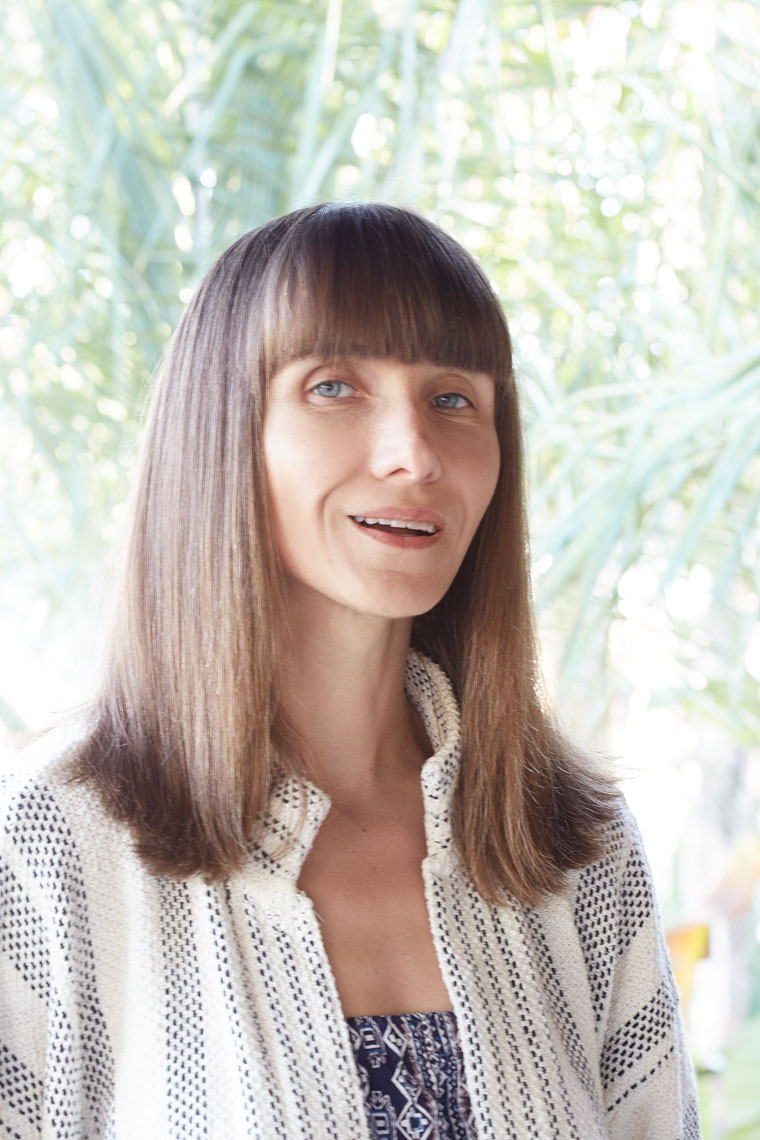
Confessions of a No Poo Convert
When I first heard about the “No Poo” method a few years ago I didn’t like the sound of putting funky smelling apple cider vinegar on my hair. As much as I’d been aware of the health hazards associated with chemical additives in shampoos–foaming, degreasing, viscosity and conditioning agents–I just wasn’t ready to take this leap.
Being the founder of Clean Living Guide, I did feel it my responsibility to give No Poo a try. Begrudgingly I washed my hair using the baking soda and vinegar method. Though I can’t remember what went wrong, I recall not being satisfied and didn’t try it again until recently–finding the above fabulous results!
For all the other pained steps I take to reduce my chemical load to nearly none, where shampoo was concerned, I chose to continue with my naturally skewed shampoos–despite not being thrilled about the prevailing ingredients in question.
At about that time I settled on Acure Shampoo & Conditioners and had continued to use them for the past couple of years. Overall Acure’s ingredients were on the level with cleaner natural brands like Aubrey or TheraNeem, and seemed to contain fewer toxins than most naturally marketed brands. Plus at the time, they were one of very few shampoo and conditioner lines that consistently did not contain wheat based thickeners.
Two weeks ago I wrote a post on Acure’s Shampoo & Conditioner line. The review included full disclosure on the chemicals I questioned, along with Acure’s response speaking to their safety. I felt that it was important to talk about a line of personal care products that’s reasonably safe–a thousand times safer than conventional drug store brands–and reasonably priced. After all, not everyone can afford to go either 100% artisanal, or has the time and headspace to go 100% homemade.
Unfortunately I learned shortly after I published the review that Acure had not represented all their ingredients accurately–read the full story here.
The experience was a needed reminder highlighting why I’m as vigilant as I am with all the other products that I use in my home and on my body. Fueled with renewed motivation, I gave No Poo another chance.
It works.
Upon my first No Poo try, the results were brilliant. Quite literally. My hair looked incredible.
It was clean, though it did’t feel uncomfortably squeaky. Without an ounce of residue or any residual oiliness. My hair was full, yet shiny and frizz-free. The photos at top are an example of my hair after a No Poo wash with blow dry and no other product.
My hair didn’t get oily the next day, or the day after that. In fact it was at least four days before the crown of my head began to show some slight greasiness. But it was mostly my cowlick that was cause for another wash.
I should give Acure credit for not stripping my hair’s natural oils to excess. This was one of the reasons why I did like using their shampoo, and perhaps why the No Poo method is now an easy transition for me.
Truly, baking soda and apple cider vinegar are a great hair care regimen if you can’t afford shampoos like Morocco Method, but want to go toxin free.
Just follow my tips for a successful first go round.
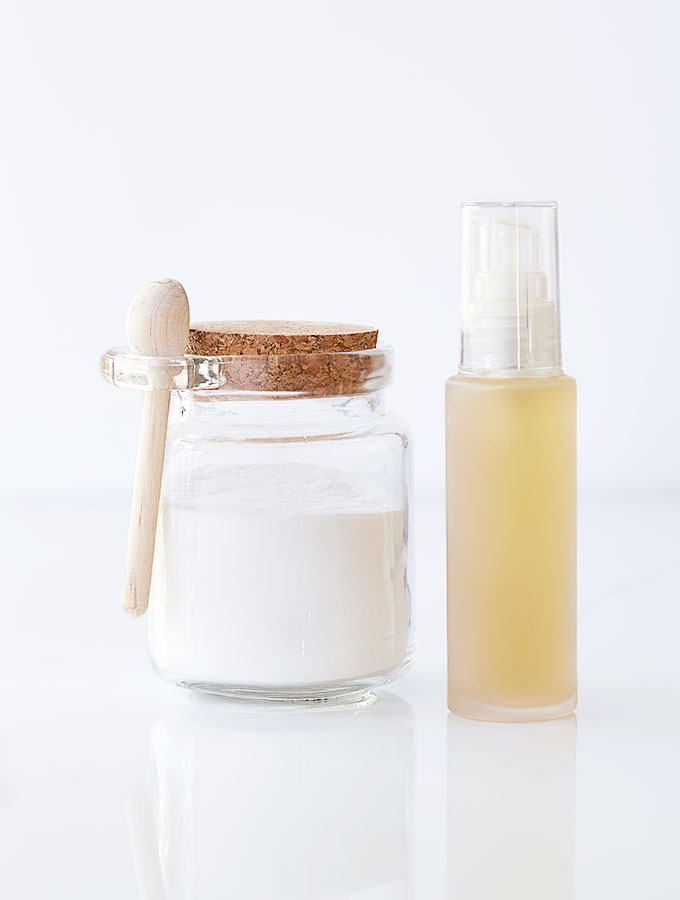
No Poo How-To :
Be sure to buy natural aluminum free baking soda.
This is hugely important because the whole problem with chemicals in products is that they are readily absorbed through your skin and quickly circulated throughout all your vital organs, including your brain. The last thing you want to do is increase the heavy metal load in your body.
Bob’s Red Mill Baking Soda is produced in a 100% gluten free facility and is extracted from naturally occurring nahcolite deposits with a chemical-free water based extraction method. Their packaging doesn’t specify that it’s aluminum free because there may be trace amounts of naturally occurring aluminum in the baking soda, but they’ve told me that they aim to get it as close to aluminum free as possible. Watch out for cheaper conventional brands that may still use aluminum as an additive to keep the powder free flowing. Get Bob’s for only $2.05 at Thrive Market.
You’ll also want to set yourself up with one of these cute jars with spoon holder to store the baking soda in your bath, along with a small spritz bottle for the vinegar solution. Apple cider vinegar should be refrigerated for long term storage, so a small bottle works to cycle through more quickly.
Here are the steps I’ve found to work best for the baking soda wash:
- Wet your hair thoroughly.
- Place roughly one tablespoon of baking soda in the palm of your hand, add a few drops of water and mix into a paste.
- Rub the mixture into your hair, starting at the the top and running it down the length of your hair.
- Repeat with a second tablespoon of baking soda, rubbing it into the underside of your hair.
- Comb your hair thoroughly with a wide tooth comb to coat your hair with the mixture.
- Leave in for about three minutes as you shower.
- Rinse, tilting your hair back to avoid any of the baking soda solution from getting into your eyes.
Using this method, versus mixing the baking soda in a dish with more water, is easier to control and to keep from dripping into your eyes. The baking soda will burn, so be sure to tilt your head back as you apply and rinse.
Follow these easy steps for the apple cider vinegar rinse:
- Mix 60-70% apple cider vinegar with water in a spritz bottle, together with a few drops of your favorite essential oil mixture to improve the scent. (Ylang Ylang is my fave).
- Shake before use and squirt enough over hair to coat.
- Comb to distribute evenly and leave in for another 3 minutes or so. The longer you leave it in, the more silky and detangled your hair.
- Rinse.
That’s it! Dry your hair as usual.
Blow dried my hair looks very polished, while air drying reveals a hint of a natural wave. Perhaps due to my hair not being weighed down by any waxy residues.
With the addition of essential oils to the rinse, I’ve found that my Ylang Ylang has some fairly potent staying power! Even after a couple days I’m occasionally surprised by a hint of the fragrant scent.
Keep in mind:
- The baking soda wash has a high PH of about 9, which makes it very alkaline and can cause dry hair and scalp over time.
- Treat your hair and scalp with therapeutic oils like Morrocco Method’s Euro Oil.
- Use a Boar Bristle Brush to distribute the oils on your scalp throughout your hair–get one on Morocco Method’s website or a Mason Pearson on Amazon.
- You might want to consider alternating between the No Poo method and Morrocco Method’s toxin-free shampoos.
I say, try No Poo!
